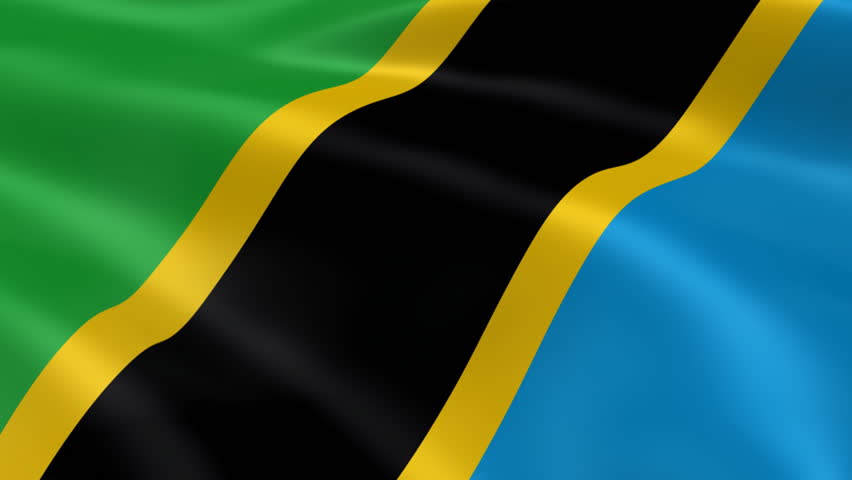We will address the principle of copyright, copyright duration, authors, and the legislation that controls copyright concerns in mainland Tanzania in this article.
Legislation
The Copyright and Neighbouring Rights Act* governs copyright and associated issues in mainland Tanzania (the Act). The following are the main subjects covered by the Act:
- works of Tanzanian authors
- works first published in mainland Tanzania
- audio-visual works produced by a resident producer
- and works of architecture and other artistic works incorporated in a building or structure in Tanzania
Performances are protected under the Act if they are made by a Tanzanian national or if they take place in Tanzania. Performances that are fixed in a phonogram, audio-visual form, or embodied in a broadcast are likewise protected under the Act.
Unpublished works and works first published in a foreign country by foreign creators who are residents of that foreign country are protected under the Act. This protection, however, is predicated on the other country providing equivalent protection to Tanzanian nationals and residents for unpublished works or works originally published in Tanzania. Foreign folklore expressions are likewise covered by the Act, with reciprocal protection.
International conventions govern matters such as folklore expressions, performances, phonograms, and broadcasts, and the Act. Tanzania, on the other hand, must be a party to such conventions in order for them to apply under the Act. Tanzania, for example, is a signatory to the Berne Convention for the Protection of Literary and Artistic Works, which was established in 1886. (the Berne Convention). On July 25, 1994, the Berne Convention went into effect in Tanzania.
Authors and Copyright
Copyright is defined as the exclusive legal right to print, publish, perform, film, or record a literary, artistic, or musical work, according to the Act. Under the Act, an author is simply defined as a natural person who creates the work. The Act protects authors of unique literary and creative works only because they are creators of such works. Among the literary and artistic works mentioned are:
- computer programmes
- musical works
- cinematographic works
- works of drawing, painting and architecture
- photographic works
Authors’ economic and moral rights
Authors, on the other hand, have the following economic rights:
- reproduction of the work
- distribution of the work
- rental of the original or a copy of an audio-visual work, a sound recording, computer programme, database and musical work
- public exhibition of the work
- translation of the work
- adaptation of the work
- public performance of the work
- other communication to the public of the work
- importation of copies of the work
Copyright duration
The rights of authors are generally protected during the author’s lifetime and for 50 years after his or her death. The Act further specifies the length of time for which the author’s rights are protected on a case-by-case basis, as shown below:
- a work of joint ownership – the life of the surviving author and 50 years after the author’s death
- a work published anonymously or under a pseudonym – 50 years from the date which the work was either made or first made available to the public or first published, whichever date is the latest
- audio-visual work – 50 years from the date the work was either made, first made available to the public or first published, whichever date is the latest
- a work of applied art – 25 years from the making of the work
The list of Tanzanian IP Firm can be found here.

